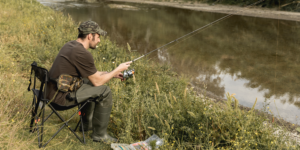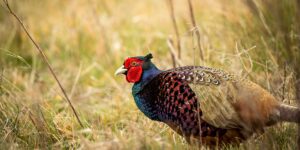Walleye is a super popular freshwater fish that anglers just can’t get enough of. Not only are they absolutely delicious, but they also give fishermen a fantastic challenge. Now, catching walleye can be a bit tricky, so you’ll need some special skills and techniques. In this article, we’re going to discuss everything you need to know about walleye fishing – from understanding their habitat and behavior to sharing the right equipment, techniques, and helpful tips.
Why limit yourself to public land when there are millions of acres of private land to explore.
Understanding Walleye
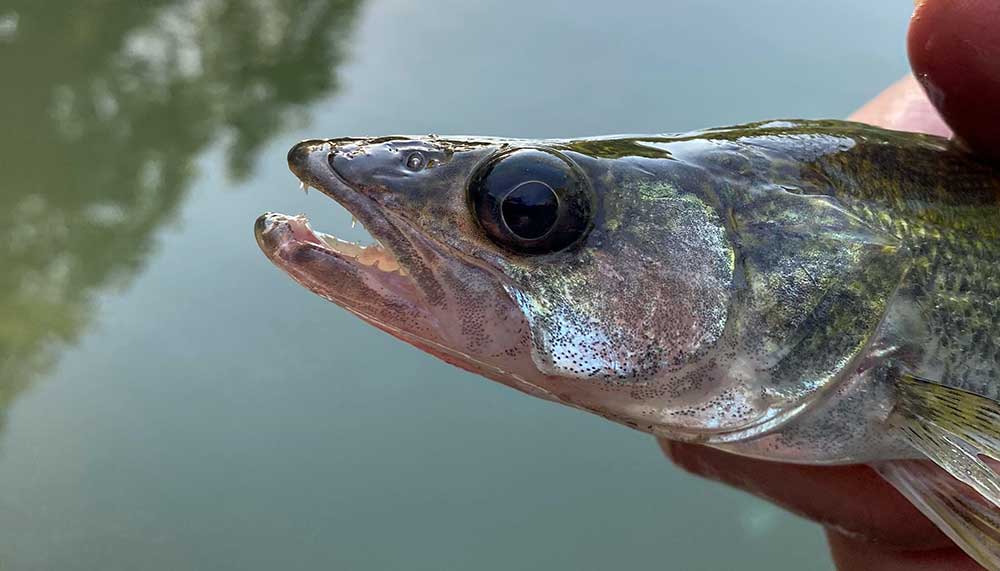
Before we delve into the fishing techniques, it is essential to understand walleye’s physical characteristics, habitat, and behavior.
Physical Characteristics
Walleye has a slender and elongated body, which is olive-brown in color with golden or brassy reflections. They have a large mouth and sharp teeth, which make them efficient predators. The average length of walleye is around 18 to 24 inches, and they can weigh up to 12 pounds or more.
Habitat and Behavior
Walleye prefer freshwater lakes, rivers, and reservoirs with cold and clear water. They tend to move to deeper waters during the day and come closer to the shore during the night to feed. They are most active during low-light periods, such as early morning, late evening, and cloudy days. Walleye feed on small fish, insects, and other aquatic creatures.
Walleye Fishing in Summer
In summer, walleye feed heavily in emerging weed beds and rocky reefs. They spend daylight hours in deeper waters, moving to shallow feeding areas at dusk. As summer progresses, they slow down and feed less actively. Target rocky ledges and drop-offs, and focus on slow, natural presentations to increase catch chances.
Walleye Fishing in Fall
Fall is a transitional period for walleye as they become more active, sensing the approaching winter. They benefit from dying weed beds and cooler water, enabling longer shallow water hunting. Target deeper edges of weed beds, reefs, and transitional areas between deep and shallow waters to capitalize on walleye’s increased daylight activity.
Walleye Fishing in Winter
Winter slows down walleye activity, but they still need to eat. When ice fishing for walleye, focus on deep water areas near drop-offs and major structures where they tend to suspend themselves below schools of forage fish. Use a jigging technique with live bait or jigging spoons, and pay close attention to your fish finder to locate and target active walleye.As winter ends, they move toward staging areas near spring spawning grounds. Focus on deep water areas with easy access to shallow water for better winter catches.
Walleye Fishing in Spring
Spring is the prime season for walleye fishing as they focus on eating and reproducing. They move to shallow waters for both objectives, making them easier targets. During pre-spawn, in early spring, they gather near spawning sites and move into shallows as water temperatures rise. After spawning, they return to deeper waters, feeding heavily to regain energy.
Essential Fishing Equipment for Walleye
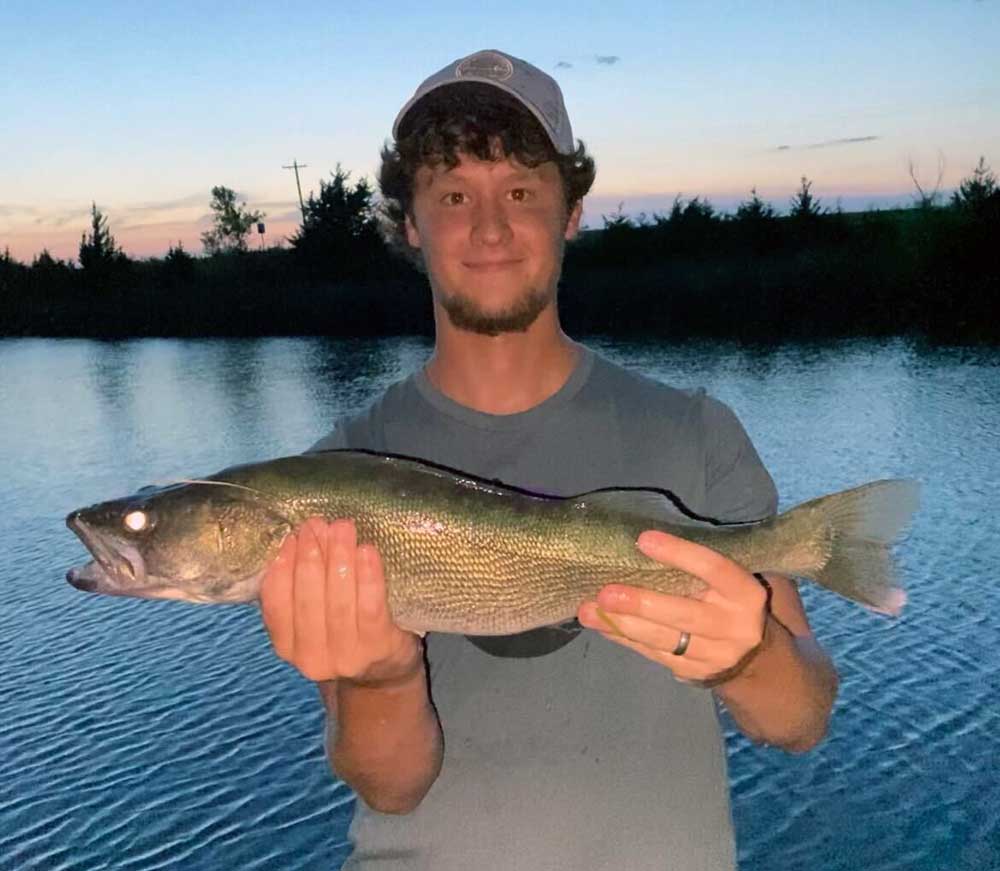
To catch walleye, you need to have the right fishing equipment that suits their behavior and habitat. Here is some of the essential fishing equipment you should have:
Rods
Walleye fishing rods should be lightweight, sensitive, and have a medium power rating. A rod with a length between 6 to 7 feet is ideal for walleye fishing.
Reels
A spinning reel is the best option for walleye fishing as it provides good casting distance and accuracy. It should have a smooth drag system and a high gear ratio for fast retrieval.
Fishing Line
Fishing lines for walleye should have a low visibility color, such as green or clear. A monofilament line with a weight between 6 to 10 pounds is ideal for walleye fishing.
Walleye Lures
Walleye can be caught using different types of lures, such as jigs, crankbaits, spinners, and soft plastic baits. Choose a lure that matches the size and color of the baitfish in the water.
Baits
Live baits such as minnows, leeches, and nightcrawlers are excellent choices for walleye fishing. They can be used alone or with a lure to attract the fish.
Other Accessories
Other accessories you should have in your walleye fishing kit include pliers, scissors, a fish finder, tackle box, and a landing net.
Walleye Fishing Techniques
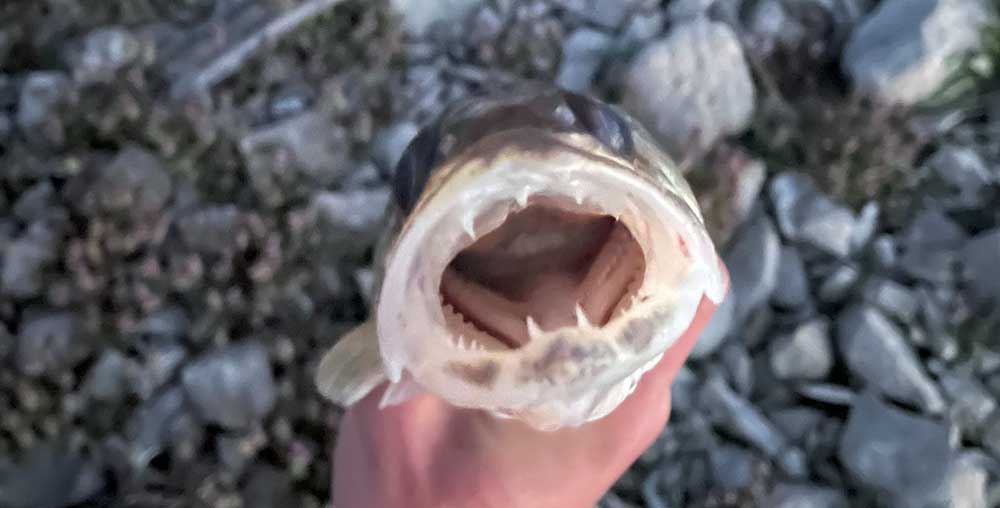
There are several techniques for walleye fishing, and each one has its advantages and disadvantages. Here are the most popular walleye fishing techniques:
Jigging
Jigging is a popular technique when fishing for walleye. It involves using a jig head with a soft plastic bait or live bait, such as a minnow. The jig is cast and allowed to sink to the bottom. Then, it is retrieved in a slow and steady motion while jerking the rod tip to make the bait dance in the water. This technique mimics the movement of a dying baitfish, which attracts the walleye.
Trolling
Trolling is another popular technique. It involves moving the boat at a slow speed while dragging a lure or bait behind it. This technique allows you to cover a large area of water and find the walleye’s location. Use a planer board or downrigger to keep the lure at the desired depth.
Drifting
Drifting is a technique where you allow the boat to drift naturally with the current while presenting a bait or lure. This technique is effective in areas with a lot of current or wind. Use a bottom bouncer or slip sinker to keep the bait or lure close to the bottom.
Casting
Casting is a technique where you cast the lure or bait towards the shore or structure and retrieve it in a slow and steady motion. This technique is effective in shallow waters or areas with a lot of cover. Use a weedless lure or bait to avoid getting caught in the vegetation.
The hassle free way to monetize your acreage.
Tips for Catching Walleye
Here are some tips that will increase your chances when fishing for walleye:
Choose the Right Time
Walleye are most active during low-light periods, such as early morning, late evening, and cloudy days. Plan your fishing trip accordingly and avoid fishing during the middle of the day.
Understand the Water Temperature and Depth
Walleye prefers cold and clear water. Use a fish finder to locate the depth where walleye are present. The ideal water temperature for walleye is between 50°F to 70°F.
Use the Right Lure and Bait
Choose a lure or bait that matches the size and color of the baitfish in the water. Experiment with different types of lures and baits to find what works best.
Consider the Weather and Wind
Walleye tend to move to shallow waters during windy conditions. Look for areas with wind-blown structure or shoreline.
Patience and Persistence
Walleye fishing requires patience and persistence. Don’t give up if you don’t get a bite immediately. Keep trying different techniques and locations until you find the fish.
Conclusion
Walleye fishing can be a rewarding experience for any angler. It requires some specific skills and techniques, but with the right fishing equipment, knowledge, and tips, anyone can learn how to catch walleye. Remember to choose the right time, understand the water temperature and depth, use the right lure and bait, consider the weather and wind, and have patience and persistence. Good luck and happy fishing!
Why limit yourself to public land when there are millions of acres of private land to explore.
FAQ
What is the best time to catch walleye?
Walleye are most active during low-light periods, such as early morning, late evening, and cloudy days.
What is the ideal water temperature for walleye?
The ideal water temperature for walleye is between 50°F to 70°F.
What is the best lure for walleye?
Walleye can be caught using different types of lures, such as jigs, crankbaits, spinners, and soft plastic baits. Choose a lure that matches the size and color of the baitfish in the water.
What is the best bait for walleye?
Live baits such as minnows, leeches, and nightcrawlers are excellent choices for walleye fishing.
What is the best technique for catching walleye?
There are several techniques for walleye fishing, and each one has its advantages and disadvantages. The most popular techniques are jigging, trolling, drifting, and casting. Experiment with different techniques to find what works best for you.
When should you use a slip bobber for targeting walleye?
Use a slip bobber for walleye when you want to present live bait or a jig at a specific depth, typically when walleye are holding near or suspended above structure in the water column. This technique is particularly effective during low-light conditions, such as early morning, late evening, or when walleye are in shallower waters during spring and fall. Most walleye anglers will also have a slip bobber in their kit
How do walleye fishing rigs work?
Walleye rigs, often referred to as “Lindy rigs’ ‘ or “live bait rigs,” are a popular setup used to catch walleye. They typically consist of a sliding sinker or weight, a swivel, a leader, and a hook. The sliding sinker allows the bait to move more naturally, attracting walleye, while the swivel prevents line twist. The leader, usually between 2 to 8 feet in length, connects the swivel to the hook, which holds the live bait or artificial lure. This rig is effective for presenting bait close to the bottom and is commonly used when walleye are feeding near the lake or river bed.
What are deep diving crankbaits?
Deep diving crankbaits are a type of fishing lure designed to reach greater depths than regular crankbaits. They typically have an elongated, lip-like bill at the front that catches water as it is retrieved, causing the lure to dive down. The larger and more angled the lip, the deeper the crankbait will dive. Deep diving crankbaits are often used to target fish species, like walleye or bass, that are holding in deeper water or near underwater structures. The lures usually have a wobbling action, imitating the movement of baitfish to attract predatory fish.

